What we can learn from Kingdom East School District’s summer camp?
The 2020-2021 pandemic school year was uniquely challenging and extraordinarily exhausting. As the summer of 2021 got underway, the typical summer break excitement was tempered for many families due to tapped out energy sources and monetary resources.
Vaccine rates were climbing and some aspects of life started feeling more normal. Yet students walking away from surreal school experiences may have wondered what summer had in store for them. Kids who had participated in virtual academies were especially eager to reconnect with peers, which isn’t always straightforward in spread out rural communities.
Supporting families by connecting students to peers, learning, and fun
The Kingdom East School District (KESD) saw a variety of needs and moved decisively to create an ambitious summer camp to serve the community. It would support families with childcare, strengthen student social connections, and provide engaging learning activities. It would be five full days per week, free of charge, and draw on resources throughout the community. And it would be fun!
One catch: KESD had never done anything like this before. Here’s how they pulled it off and what they learned.
Summer camp priority number one: create compelling experiences
Morgan Moore masterminded the 2021 summer camp as the Director of Experiential Learning and Summer School Program Director. This newly created position sent a clear signal that meaningful experiences were going to be at the heart of summer camp. As Morgan explains it,
I think experiential learning opens so many doors. I think project based learning, and personalized learning really fall under experiential learning. Say you are a student who’s taken on a project and you have an idea like “I want to start a community kitchen in my community.” You’re going to start with that idea and go through those cycles where it might not work out right and then you kind of start over again. So you’re learning through those experiences.
Morgan Moore, KESD Summer Camp Director
Experiential learning was the guiding philosophy of the summer camp. Days were logistically split into morning academics and afternoon recreational activities. Regardless of format, the main design principle was to create concrete and memorable learning experiences for students. This allowed teachers to focus on fun and engagement. And it provided a steady stream of novelty and excitement that provided rich soil for social connections.
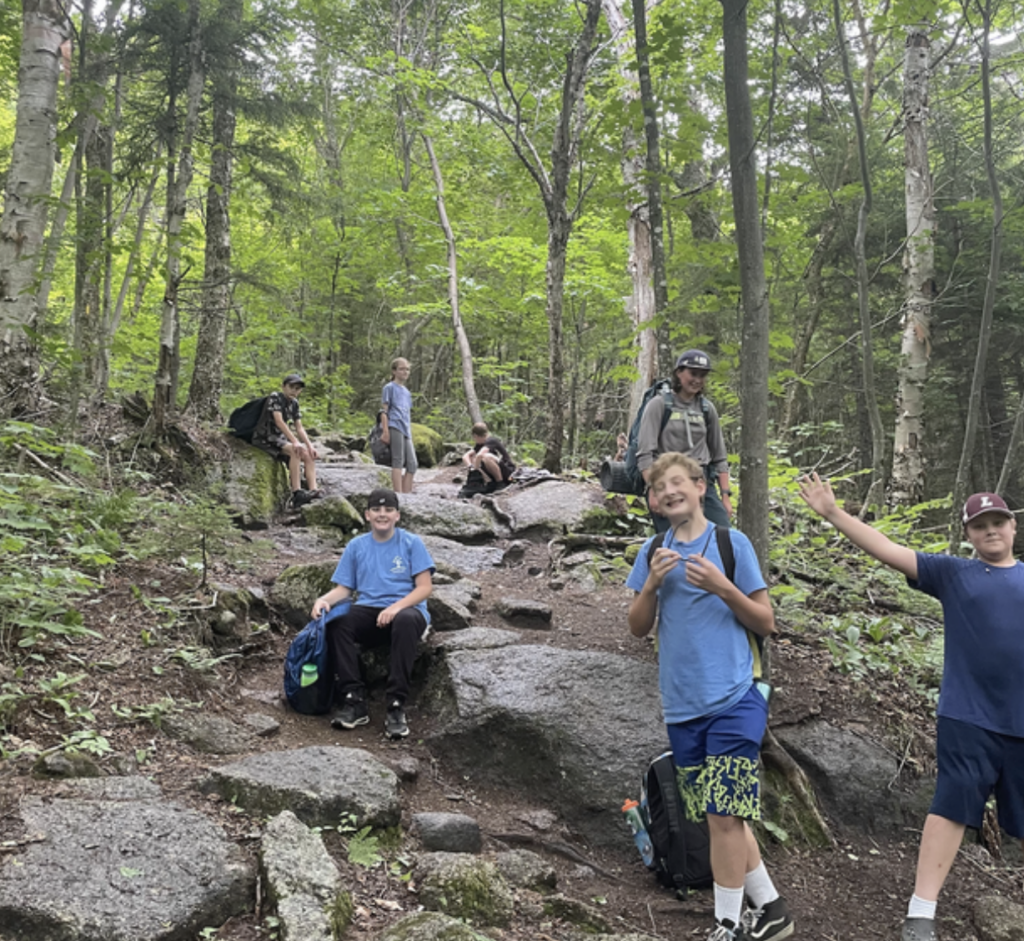
Tap into community partners
If compelling experiences were the heart of the KESD summer camp, connectedness was its soul. Community partners provided the possibility of connecting kids to something bigger than themselves – the community, the land, and personal interests.
Look at this amazing list of activities that appeared on the registration form:
- Theater supported by Vermont Children’s Theater.
- Mountain biking
- Swim & tennis lessons at Powers Park and Kiwanis Pool
- Junior Lifeguard Course, including CPR and First Aid, at Powers Park pool
- Counselor in Training for middle school students
- Outdoor exploration supported by the Northwoods Stewardship Center, and teachers
- Athletics, including swimming, basketball, running and soccer
- Art supported by art teachers, local artists, and Catamount Arts
- Hula hoop dancing
- Stop motion animation
- Gymnastics supported by Kingdom Gymnastics
To assemble this extraordinary array, Morgan started with some tried and true organizations she had worked with in the Burke Outdoor Club. KESD administrators and teachers offered suggestions through a district-wide survey seeking staff for the camp. And some staff members developed offerings based on their own passions and hobbies, such as art, hula hooping, and hiking.
The work was well worth it, according to Morgan.
Community partnerships were a huge component of the success of our camp. Utilizing community partners allowed us to provide field trips, lessons, books, and experiences that wouldn’t have been possible without their support. Partnerships gave students access to off-campus learning and allowed teachers to focus on planning the morning academic time, and just support the afternoons.
Morgan Moore, KESD Summer Camp Director
Choice for the win
Based on her work with young adolescents, Morgan knew that the ability to choose activities would be crucial for engagement. Her original vision included weekly choices. The registration asked students to rank their top three choices for the first week.
“It was pretty incredible. We sent out the registration forms and they just started rolling in. The administrative assistants were updating the list constantly and we were like, ‘Oh, this is gonna be big.’”
Ultimately, 500 students registered and about 300 showed up consistently five days per week. Students were allowed to come for any amount of camp that they wanted, which made things a little hectic but also maximized participation.
Due to the high number of sign ups, Morgan changed the plan to streamline the logistics and cut down the transitions for students. K-3 students would rotate through all of the activities as cohorts over the course of the five week camp. Grade 4-8 students would have two main activities throughout the five weeks, with two days devoted to each activity each week. The fifth day would involve a full day of off site trips with their grade level cohort.
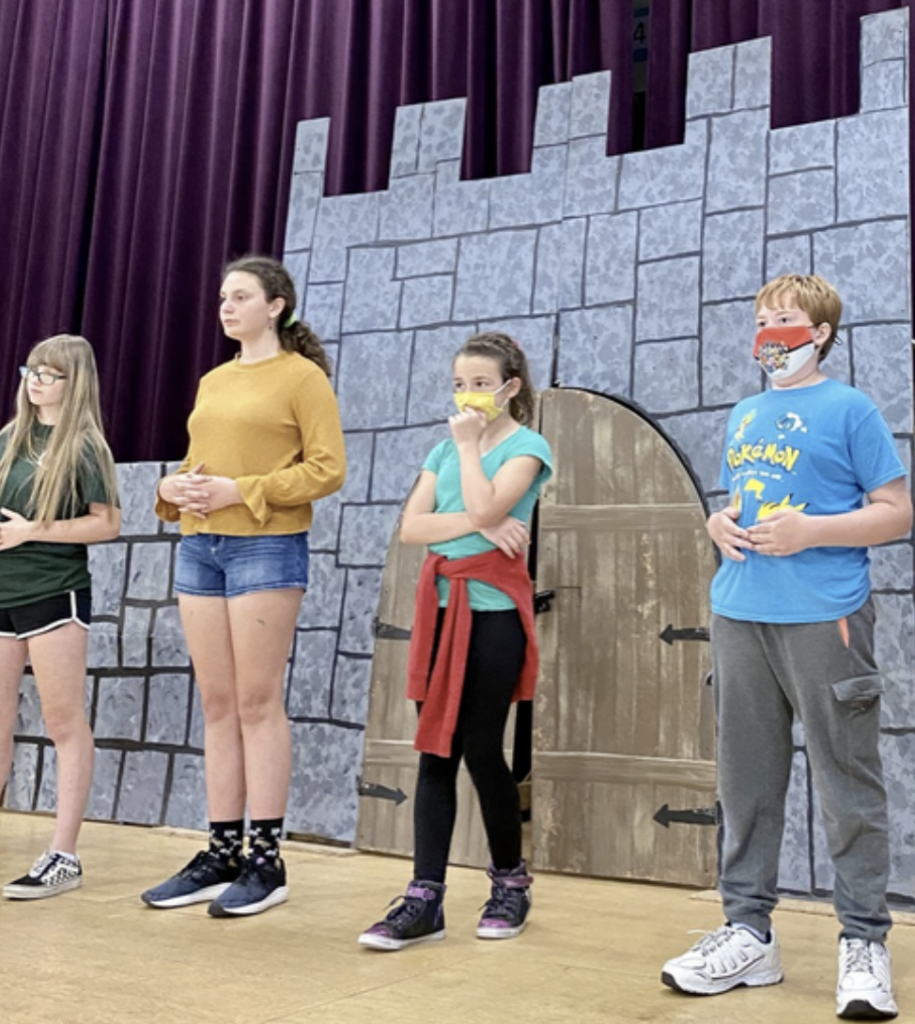
The first week required a lot of patience and responsiveness. Morgan and the camp staff worked hard to help each student settle into activities that were a good fit. After several days of negotiating, swapping, and in many cases just encouraging students to give something a fair try, things smoothed out.
Student survey data and attendance reflected that middle school students enjoyed their activities. Morgan reflected, “It was worth the work to sort students into these activities so they felt agency over the skills they were building in the afternoons.”
Connectedness is key
The staff collaborations and connections started the week before camp during orientation. The 50+ staff, including high school students and multiple administrators, participated in circle activities that modeled how each day of camp would start. They were exposed to community partner offerings and trained in student-centered pedagogy.
These collaborative relationships were essential for the teamwork required to pull off summer camp. Many of the connections have continued well into the school year.
I love the district wide community that summer camp built and I can only imagine these same connections, and more, are going on between students, and between students and staff.
KESD Summer Camp team leader
Indeed, many teachers note that the connections they made with students at camp have been big plusses for starting the school year. A sixth grade teacher enthused, “I am really glad I did the summer program. I have five or six of the students from my group in my homeroom. It really makes a difference that we spent all those mornings working together, and those afternoon activities – we have strong relationships now.”
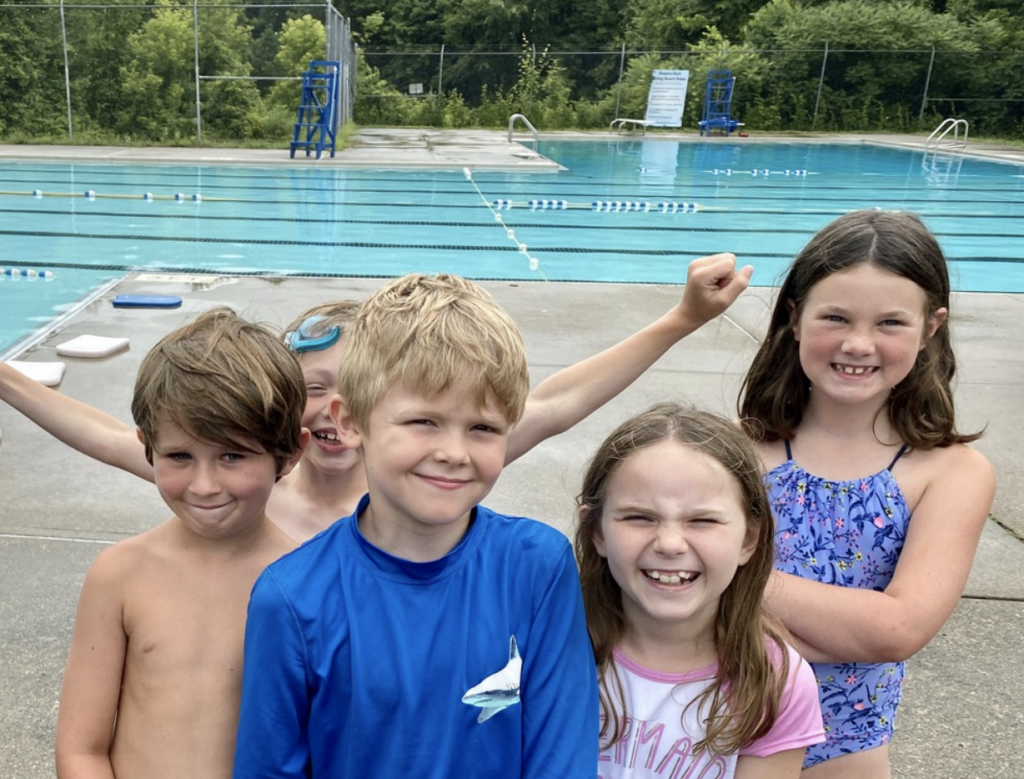
On the exit survey, students raved about the social connections they made with peers. Morgan saw this as a key outcome:
“With a lot of our schools, being small schools sometimes students have really close relationships within their class. But sometimes students might not find someone in their class to be close to. For summer camp we had the whole district together at one school. And so it just kind of widens the pool. We saw students making pretty good friends at camp. In some cases they may not live too far from each other but they had never met.”
Loop in families
Families surely appreciated having a place to send their children each day where they were fed breakfast, lunch, and an afternoon snack. Morgan worked hard to make sure families knew that their children were well cared for and enjoying themselves. She sent a weekly newsletter home with lots of highlights alongside important information about bus routes and other logistics.
Hopefully families were looped in directly by students as well. In exit surveys students shared that their favorite things about camp, in addition to socializing, were the STEM challenges and the recreational activities. Some of the accomplishments were very concrete, such as one student who went from being unsure how to shift gears to conquering some challenging mountain bike trails.
I think camp helped me with what I notice in math class because we did number talks at camp with Ms. K and now I notice those topics more in my math class. —Student
Families also noticed the lasting benefits of summer connections. One parent relayed that usually the beginning of the school year is a struggle for their family but this year felt different. Her child was ready, and happy to go, because he was used to the transitions and friendships from camp.
Other areas of growth may have been a bit more subtle. One K-3 classroom of students, for example, listed the biggest thing that they learned as “courage.” #Priceless.
What if…
What if free school-provided summer camp could become the norm? And, what if the best parts about this model started informing the way that we do school? Engaging pedagogy, positive social connections, and community-based opportunities – yes please!
With federal funding for COVID recovery available, this is a good time for districts to launch their own summer programs based in experiential learning. Kudos to KESD and others who are forging this promising path.
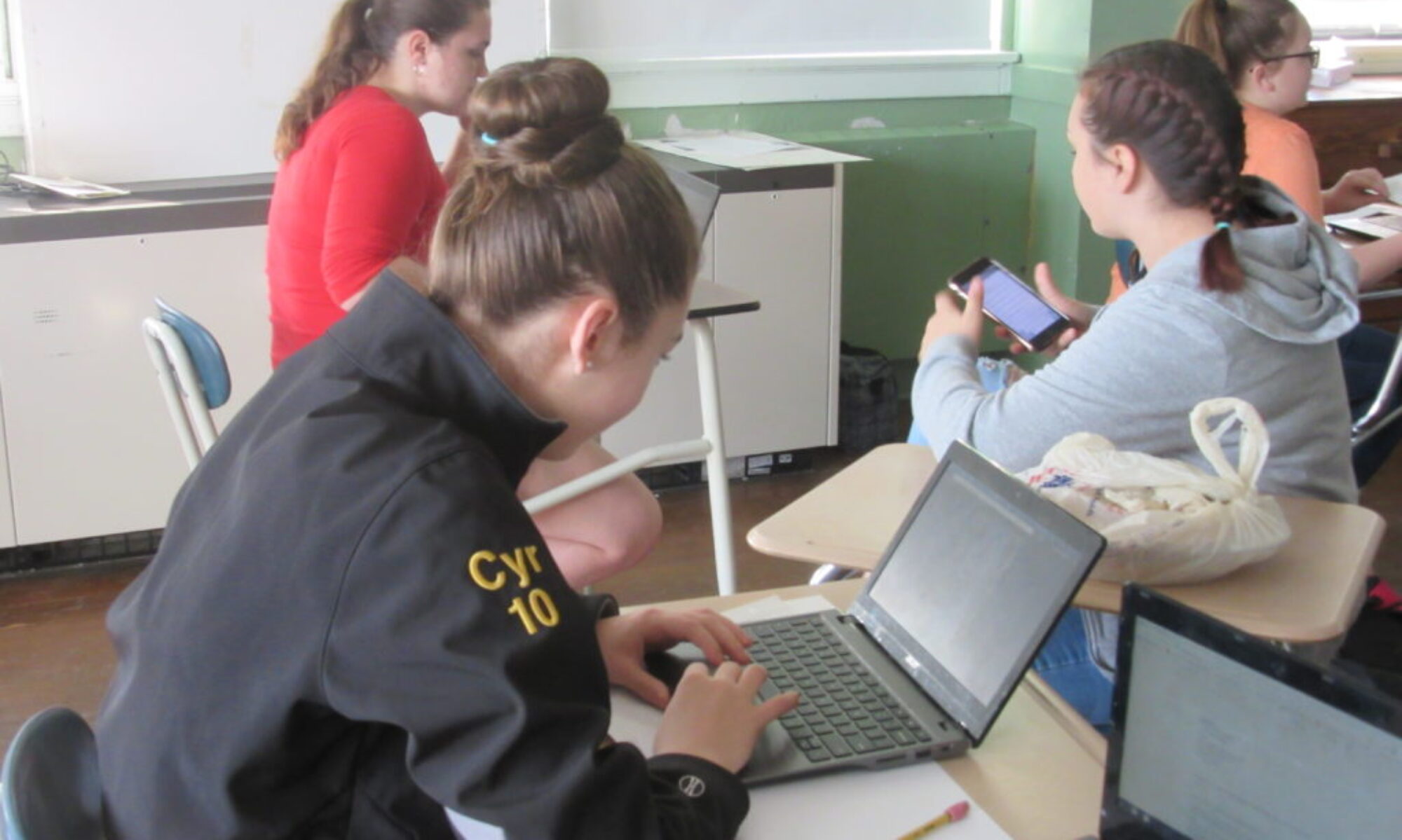

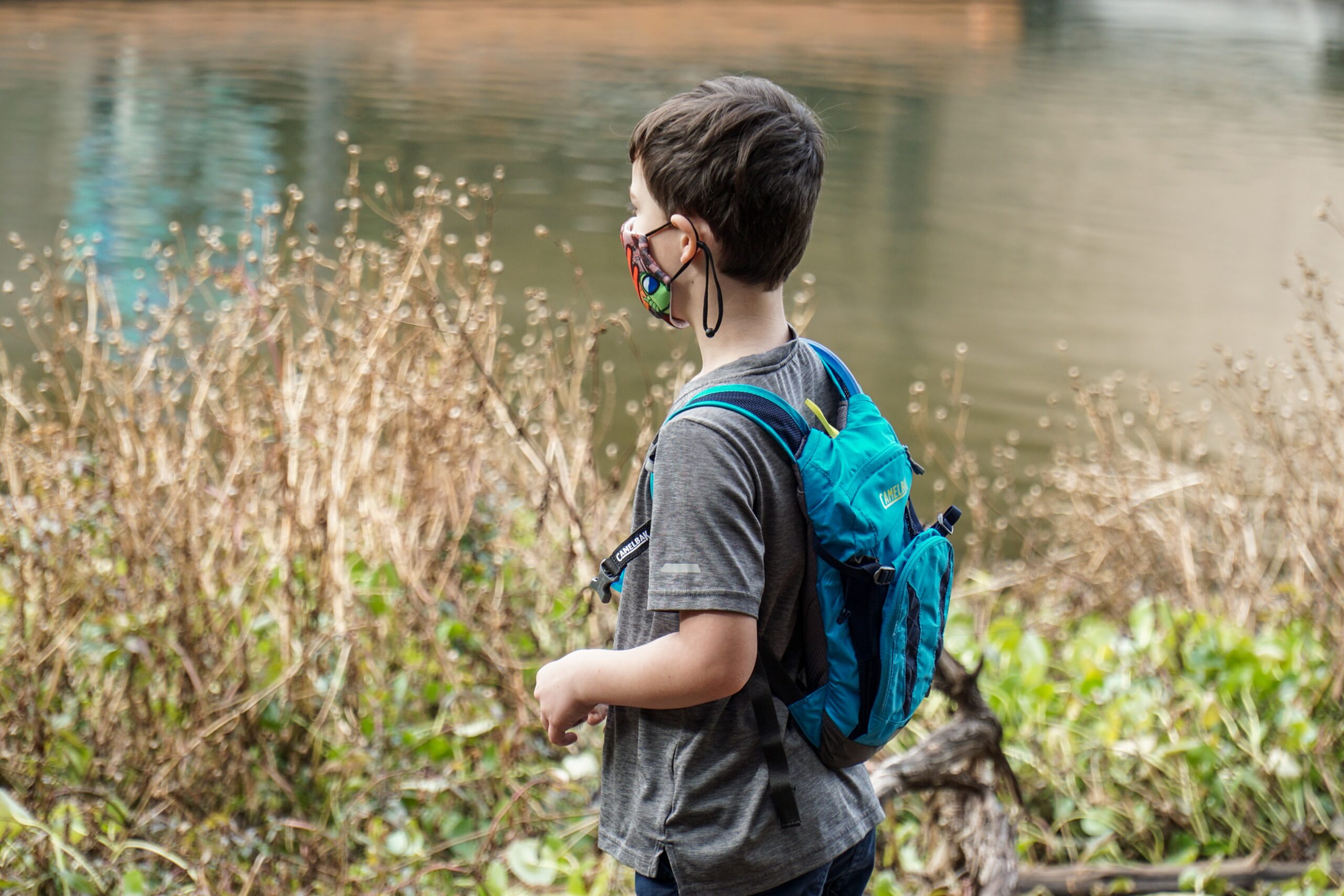
2 Replies to “Lessons from summer camp”
Comments are closed.